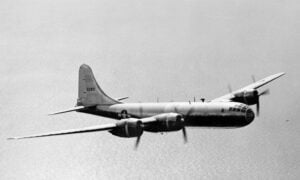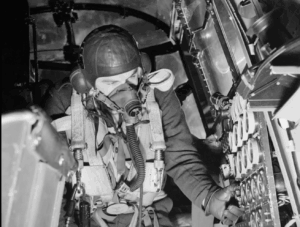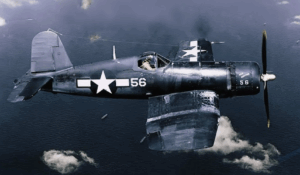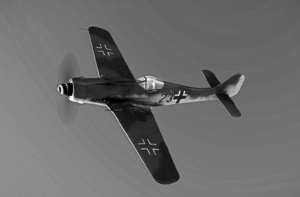Vintage Footage of Japanese G3M Nell Bombers in Winter Action

Look in The Past War Archives / YouTube
During World War II, maintaining aircraft in extreme cold conditions presented enormous challenges for ground crews. In remote bases, particularly in northern regions, Japanese maintenance teams worked tirelessly to ensure that aircraft remained operational despite freezing temperatures. These crews played a crucial role in preparing the planes for combat missions, often under grueling conditions.
Early Morning Preparations
Before the sun rose, maintenance crews were already at work. Even before the alarm sounded, they began their tasks, braving icy winds and snow-covered grounds. Their day often started with preparing the aircraft engines. In the freezing temperatures, engine oil and lubricants would solidify, making it impossible for the engines to function without proper heating.

The process began by drawing out heating equipment. Using waste oil, the crew would light fires to warm the engines gradually. This step was critical to prevent mechanical failures during takeoff. Afterward, they transported heaters to warm the lubricants, which had to reach the correct consistency before being loaded into the aircraft. The cold weather made this process painstakingly slow, but it was essential for ensuring the planes were ready for action.
Equipping the Aircraft
While the engines were being prepared, other members of the ground crew worked on equipping the aircraft with necessary combat gear. This included loading crucial instruments like bomb sights, which were vital for accurate targeting during missions. The crews handled these tools with great care, knowing their importance in upcoming operations.

By the time the engines were warmed and the oil pumped into the tanks, the planes were nearly ready for takeoff. The crew then performed additional manual tasks, such as hand-cranking the engines to ensure smooth rotation. This step, often compared to massaging the engines, was especially important in cold climates to prevent mechanical malfunctions.
Final Preparations and Takeoff
Once all preparations were complete, the pilots received their mission briefings. The aircraft, now fully operational, were brought to the runway. Even here, the ground crew faced additional challenges. Removing wheel chocks frozen to the ground required significant effort, highlighting the harsh conditions in which these teams worked.
As the aircraft roared to life and taxied down the runway, the maintenance crews’ efforts became evident. Their daily work, performed under extreme conditions, was crucial to the success of these missions.
Watch the video below:




















